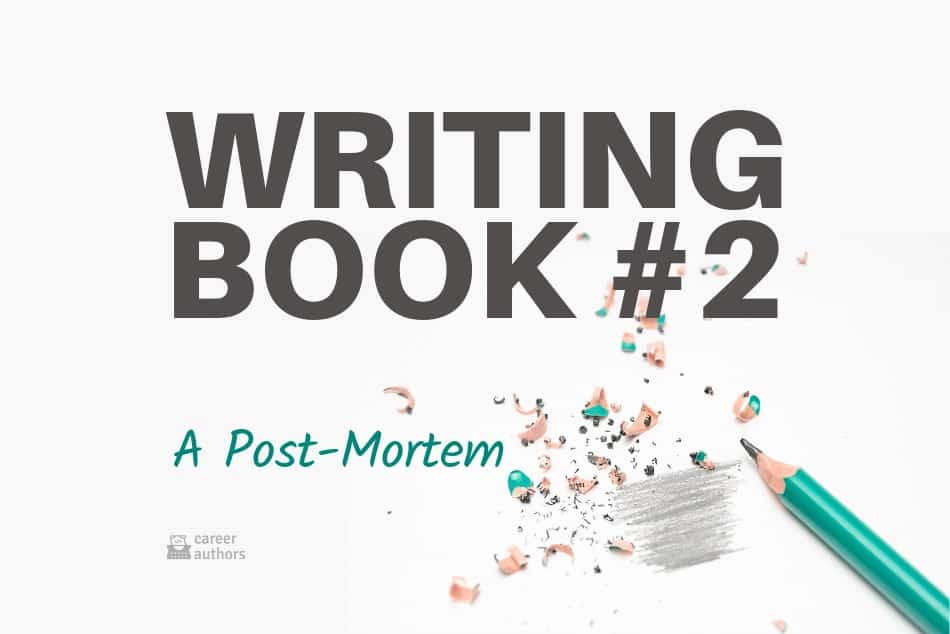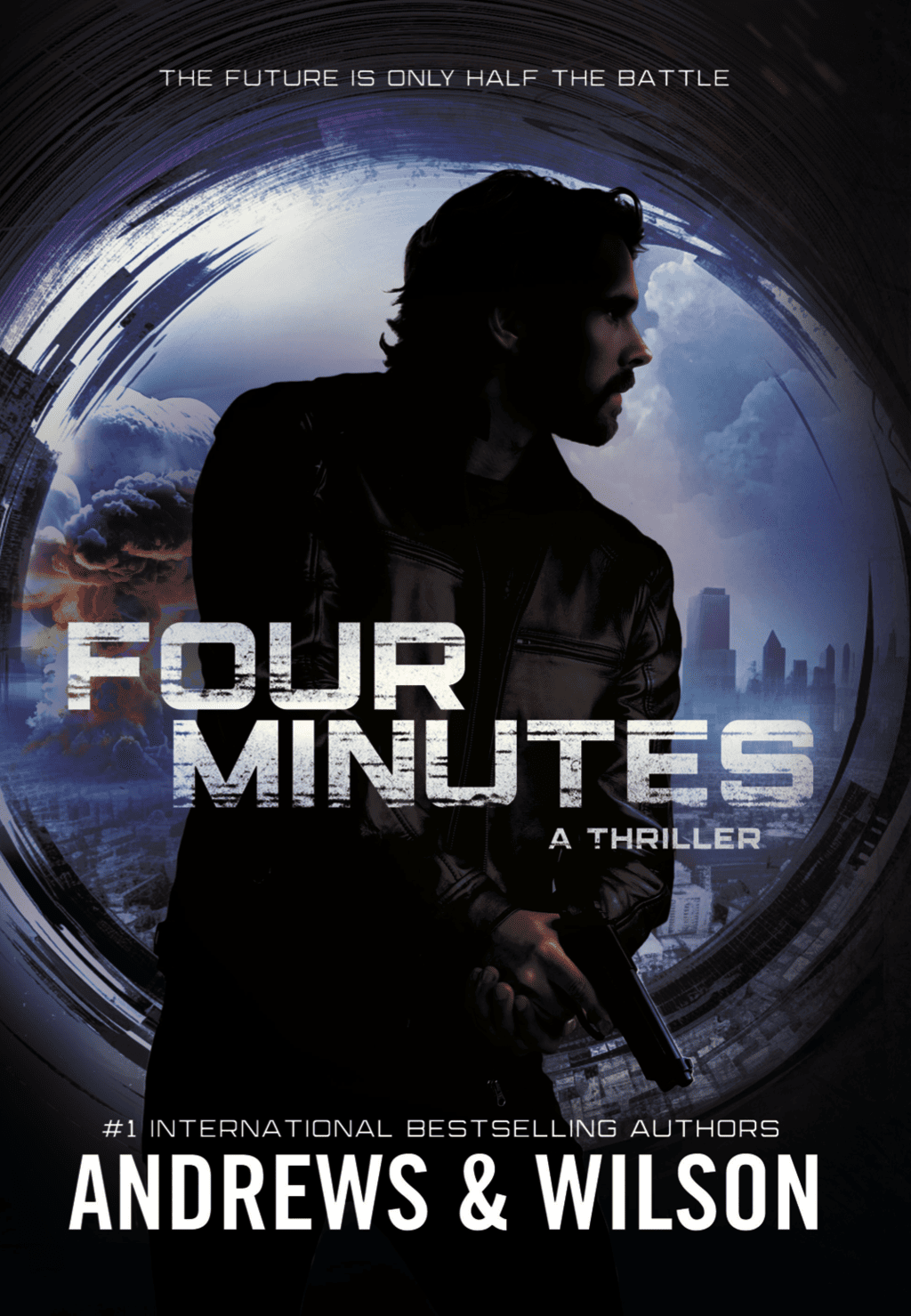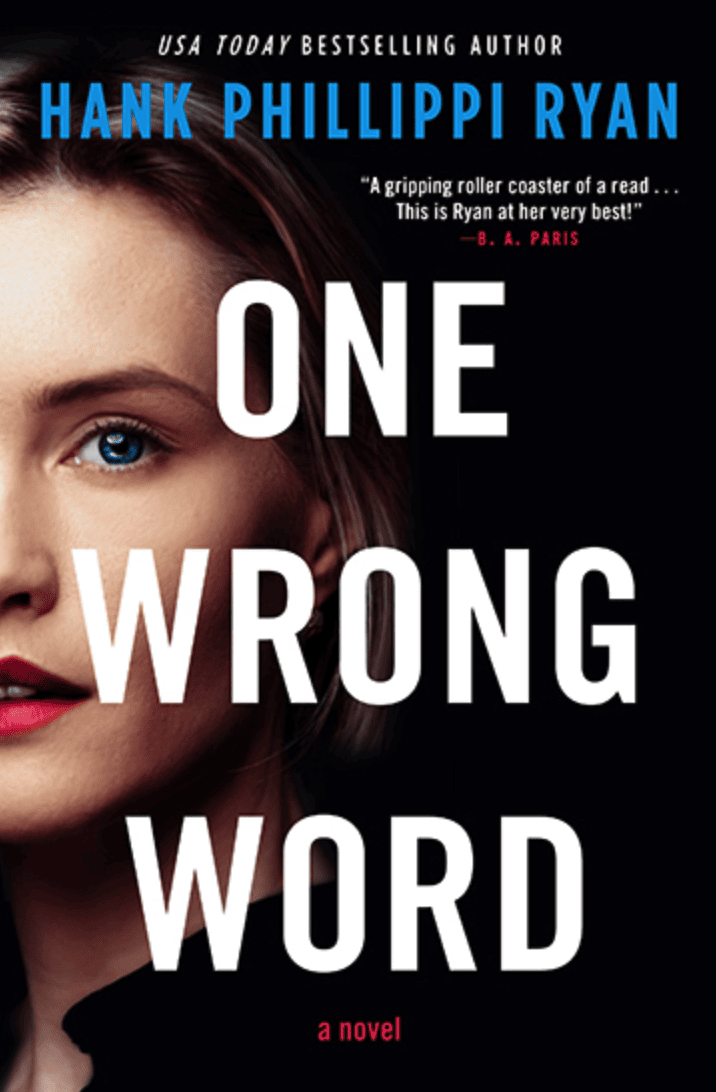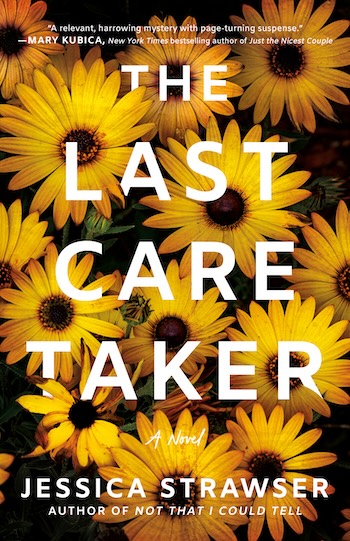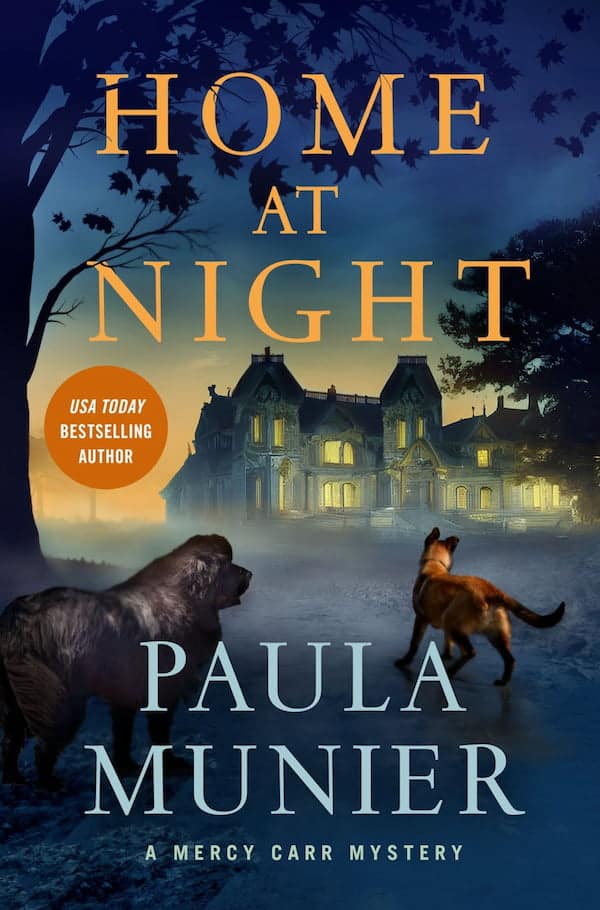Nearly a year ago I wrote a blog post here called Writing Book #2: It’s the Process, Stupid. In which I outlined the challenges I faced writing the first draft of the second novel in my Mercy Carr series—and how I knew that I had many more drafts to go. Just how many more I did not know. (A good thing, just like it’s a good thing I didn’t know how many hours of labor I’d endure before I gave birth.)
Now that the book has at long last gone into production, I’m taking a hard look at how I wrote—and rewrote and rewrote and rewrote—this story. There’s got to be a better way. And I need to find it, because Book #3 must be—please God—a kinder, gentler writing experience. Not to mention that it’s due, like, yesterday.
Nail the title
When I was a young reporter back in the Dark Ages, I always wrote my headline first. If I couldn’t write my headline, I knew I didn’t really know what my story was about yet. Headline, sub-head, lead: One led to another, one built upon another.
The same is true when I write novels. When I first read the Pablo Neruda poem October Fullness, I knew I had the title for the first book in my series: A Borrowing of Bones.
But I was never crazy about A Quiver Full of Bones, the working title for Book #2. The idea was to stick with the “bones” titling convention, but my pal Carolyn Haines had already used most of the best ones I could come up with. As it turned out, the publisher wasn’t crazy about the working title either. So I came up with a list after list of alternate titles, and finally we settled on Blind Search. A K9 search-and-rescue term that really worked for the story. And which I liked very much. But it would have been so much easier had I had that title from the beginning.
Write the backstory first
In a mystery, there’s: 1) the story you tell the reader—the story about how the protagonist solves the murder; and 2) the story of how the murder happened—in effect, the backstory of the crime. I had a heck of a time making the backstory work this time around, even though I’d done it fairly easily with Book #1.
I always write a beat-by-beat outline of the story I tell the reader—what’s actually on the page—but I typically don’t write full backstories of the murders. I ended up writing one for my editor during the revisions of Blind Search, the better to help him understand the clues and red herrings. In so doing I clarified the details—and if I’d done that from the beginning, I could have saved myself some grief, not to mention a couple of drafts.
Don’t fall in love with a supporting character
Blind Search was inspired by a true story about a boy with autism who got lost in the Vermont woods. That real-life event had a happy ending; the boy was found thanks to the search-and-rescue efforts of law enforcement and volunteers alike. But that got me to thinking: What if a little boy with autism got lost in the woods, and witnessed a murder?
And so I created nine-year-old Henry and promptly fell in love with him. He took over the story—and not in a good way. I had to rein him in, like it or not. And I mostly didn’t like it.
It takes a village
Blind Search takes place in the autumn during hunting season. That means lots of scenes in the woods—and in the early drafts, not enough scenes in Northshire, the Vermont village where Mercy Carr and her supporting cast of characters live. The place where, if I’ve done my job right, readers will want to visit again. So I had to weave in more action in and around town.
Whine to your writer friends
While I was walking around wondering when and where and why I’d somehow forgotten how to write a novel, I was cheered by the words of two wonderful authors, Hank Phillippi Ryan and Yrsa Sigurdardottir, who both told me on two separate occasions virtually the same thing: Book #2 is the hardest book you’ll ever write. Knowing they’d had trouble with the second books in their series, too, helped me feel less like a one-novel-loser and more like a working novelist.
Relax
Writing is rewriting. I know that, and Book #2 has been a brutal reminder of that. Writing is rewriting, and sometimes, writing is rewriting all over again. I learned to relax, breathe in and breathe out, and keep on revising until the story was ready for the world. (Again, just like labor.)
Blind Search will be published November 5, 2019. Meanwhile, it’s on to Book #3. Wish me luck.
Join us on Facebook to discuss what you’ve learned writing your second book…or your first…or your fourteenth….

